Carmona in Seville province, Andalucia, a fortified town in the Guadalquivir valley, prized by Carthaginians, Romans and Moors
By Nick Nutter | Updated 16 Mar 2022 | Seville | Villages |
Login to add to YOUR Favourites or Read Later
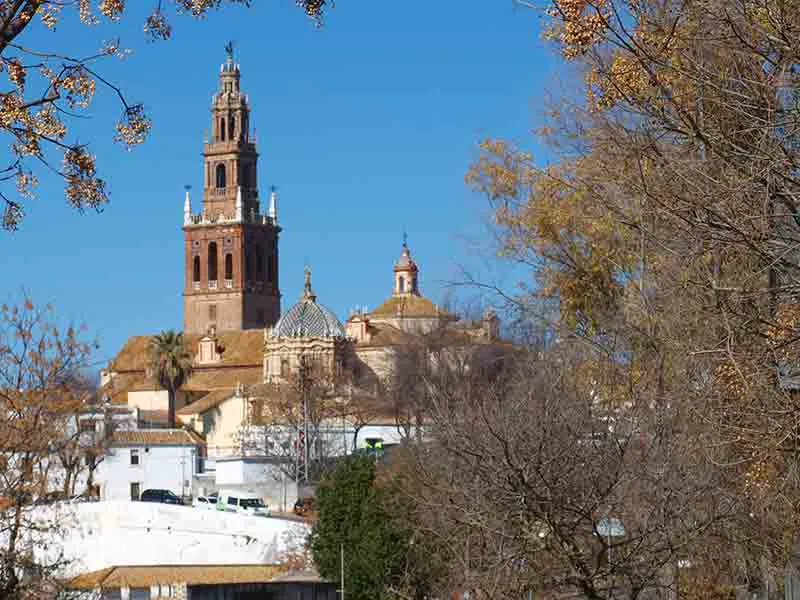
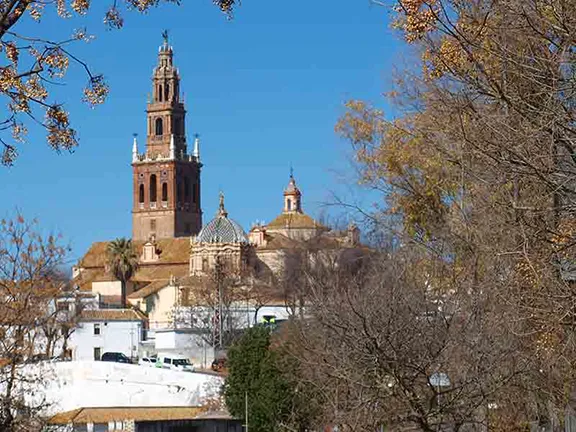
Iglesia de San Pedro with replica Giraldo Tower
In Roman times an arm of the Via Augusta ran from Seville through to Cordoba following the valley of the Rio Guadalquivir. 33 kilometres east of Seville, on that road, now the A4 you arrive at the fortified town of Carmona, or Carmo as it was known to the Romans.
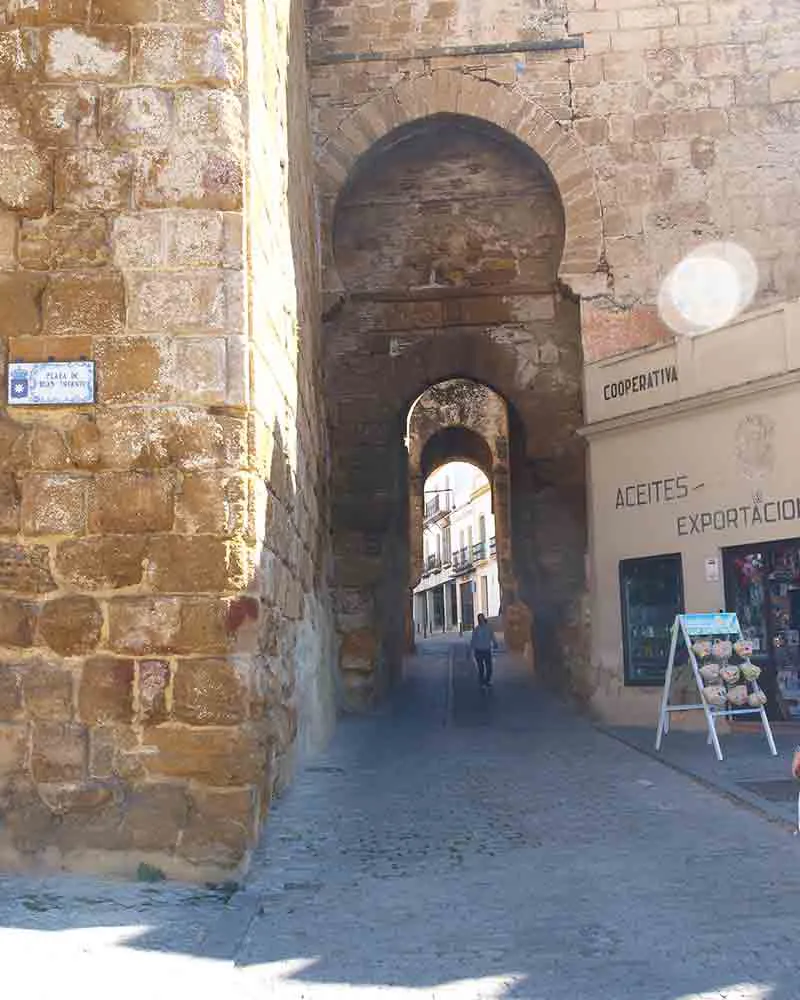
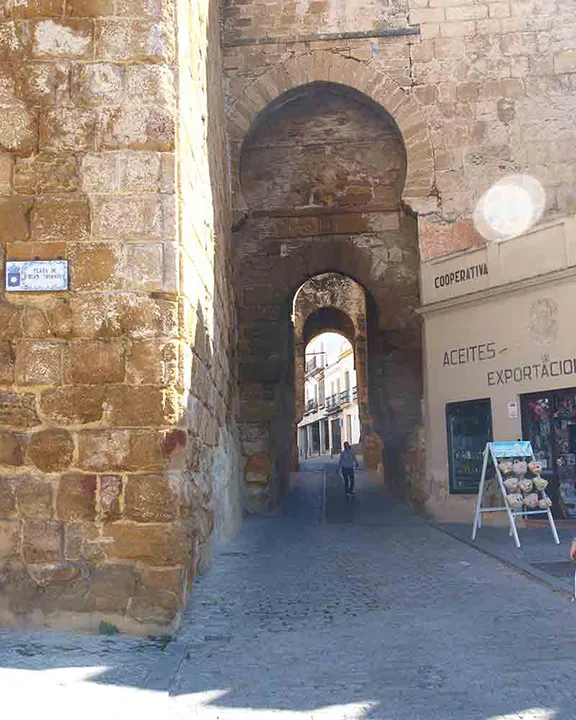
Seville Gate
Your first view of the town is likely to be the imposing Seville gate. Its origins betray the town’s importance through the centuries. The Carthaginians improved an existing Tartessian gate that was in turn enhanced by the Romans and then by the Moors who were responsible for the impregnable walls surrounding the town, and following the reconquest in 1247, by the Christians. Today it houses the tourist information office, an appropriate first stop.
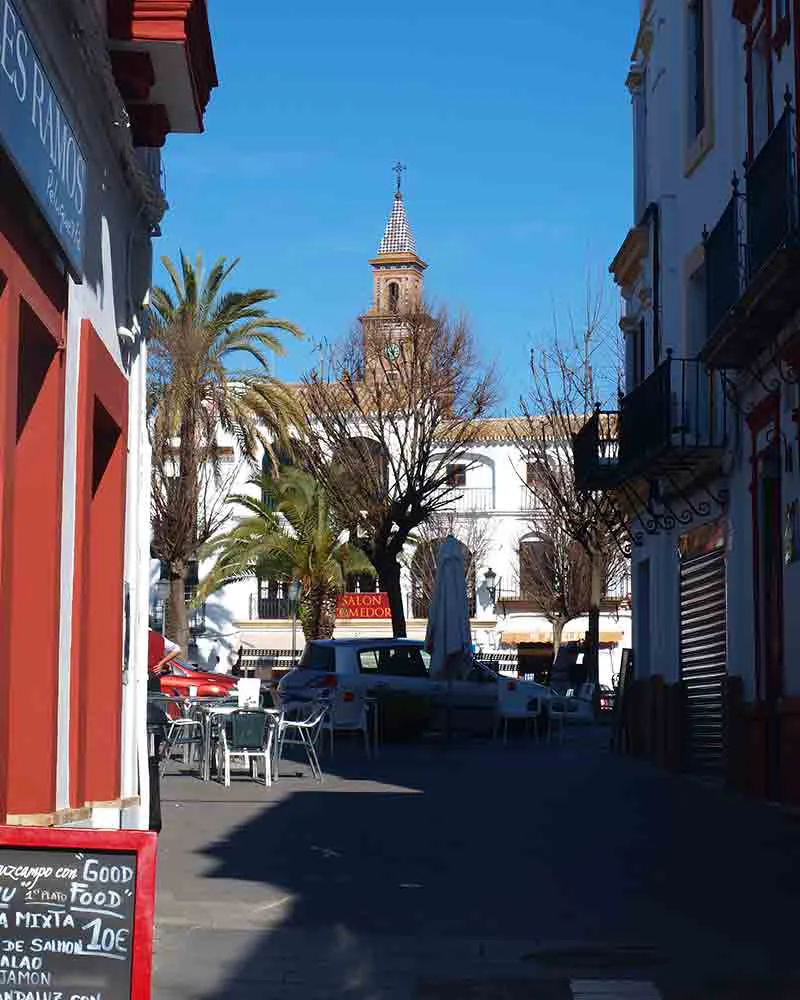
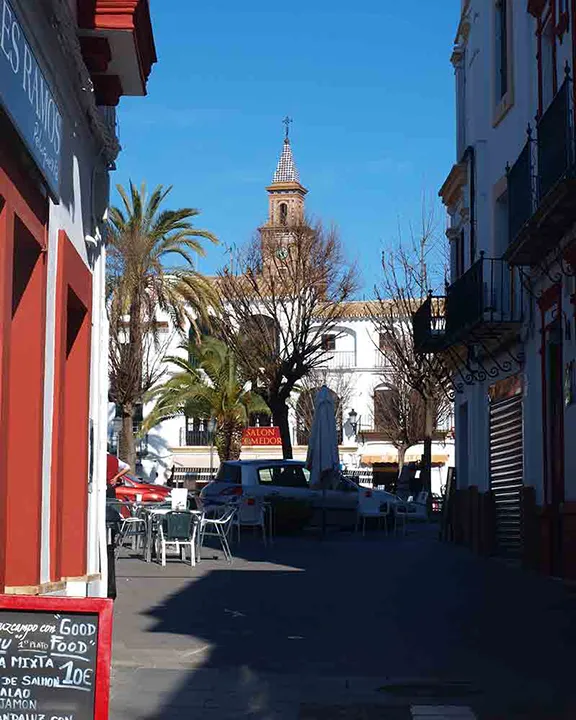
Plaza San Fernando
Your eyes are not misleading you if, as you approach Seville gate, you spot the tower on the Church of San Pedro. It looks very familiar. Built in the 15th century, it is a mediaeval replica of the Giraldo tower at the cathedral in Seville.
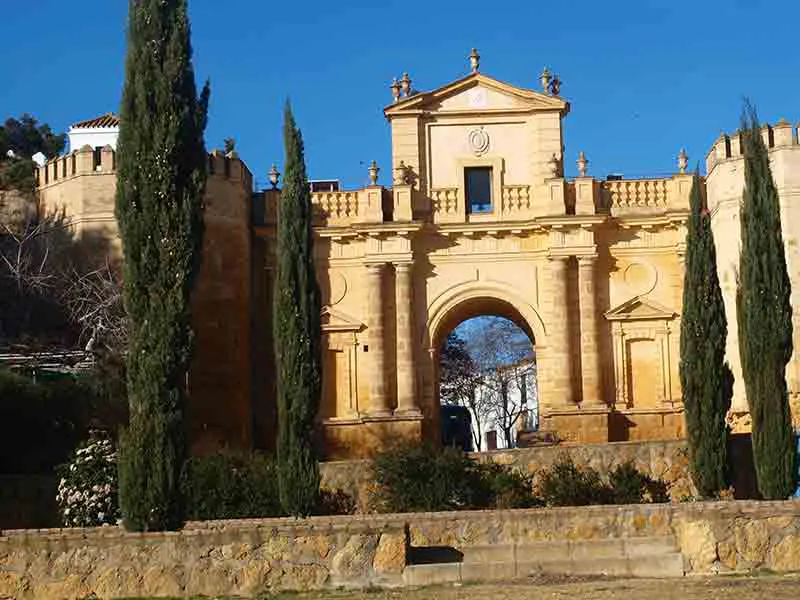
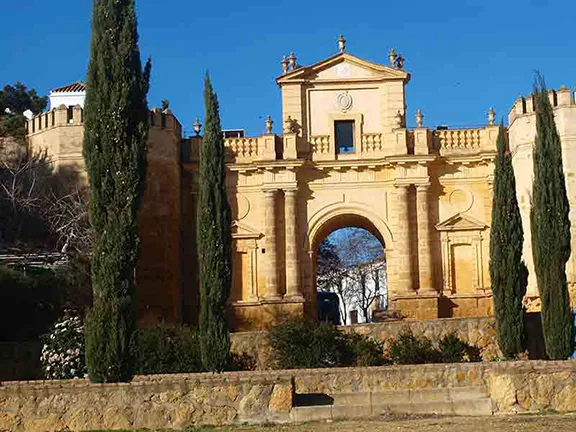
Cordoba Gate
Since time immemorial Carmona has exported the produce of the Guadalquivir valley, wine, olive oil, grain and cattle, first to the eastern Mediterranean via Phoenician and Carthaginian traders, then throughout the Roman Empire and latterly all over the world. A recent innovative product is a fashionable drink, Puerto de Indias Strawberry Gin. The gin is distilled in an ancient building in Carmona that has produced the region's anise for hundreds of years. It utilises another product of the valley, strawberries.
Unsurprisingly Carmona is not a poor town and the condition of the buildings, particularly within the old town, reflects this. It is a pleasure to wander the narrow streets, following the path of the Roman road, through to Plaza San Fernando. This is the social centre of the old town. Children of all ages play in the central area, the teenagers blithely ignoring the no football signs, watched over by their parents who ensconce themselves at the several cafes and bars that occupy three-quarters of the outer diameter of the circle.
It was in Bar Goya here that I was introduced to a local delicacy, spinach and chickpeas. Such a simple dish, it has since become a favourite. The locals are proud of their food and it is no hardship to eat lunch and dinner at the cafes and restaurants in the old town.
Meander through the town in a north-easterly direction, still following the course of the Roman road. You will pass the museum and two hotels, all occupying former grand houses and finally, you will emerge from the town via the Cordoba Gate. Slightly more modern than the Seville gate this one was founded by the Romans. Beneath you is the wide expanse of the Guadalquivir valley and in the foreground, at the foot of the hill, a section of the original Roman road leading to a bridge that, if not Roman, is at least where they would have had a bridge.
To your right, reached by another meander through the town is the remains of the castle, the Palace of King Don Pedro, Peter 1 of Castile. The original was built in the 13th century but was severely damaged in an earthquake in 1504. What you see today is the subsequent reconstruction that now houses the magnificent Parador Hotel, a very welcome watering hole.
Mentioning watering holes. At the tourist office they promote two walks, one is called the ‘Walk of the Watering Holes’. I naturally became quite excited, a walk with a worthy goal. It turned out to be a tour of the fountains in the town.